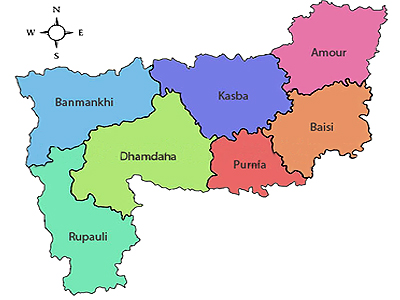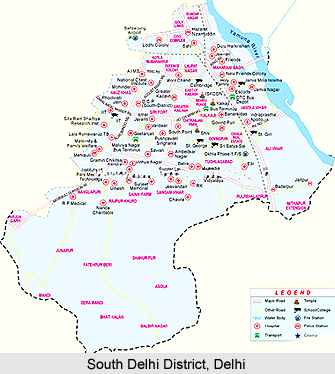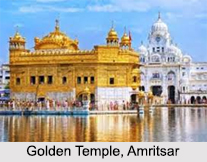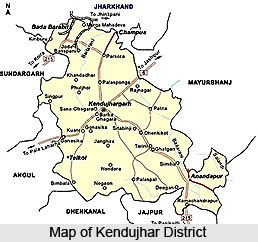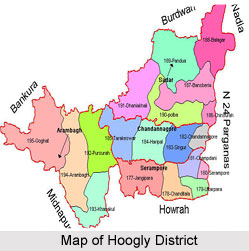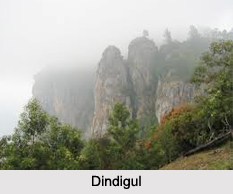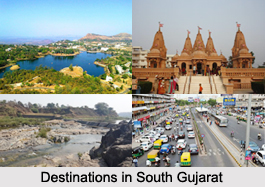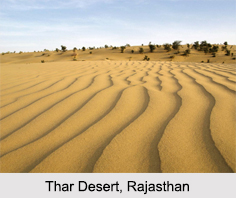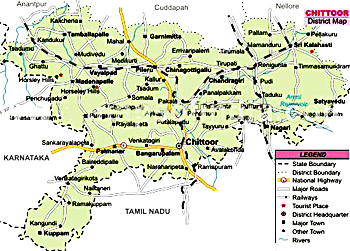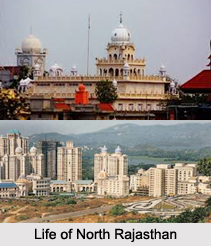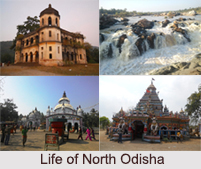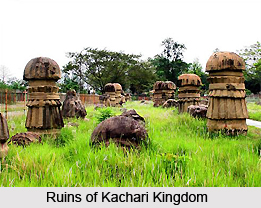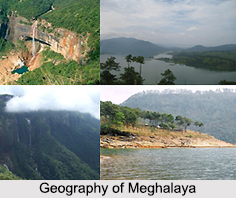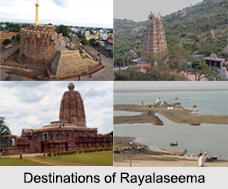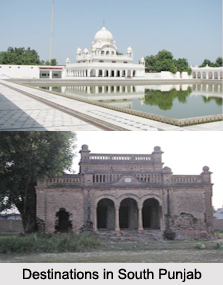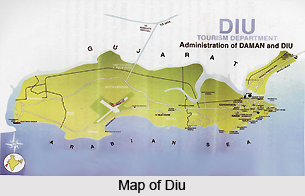 History of Diu can be traced back to the times of Maurya Empire (322-220 B.C.). When the dynasty was ruled by the emperor Chandragupta Maurya, the ruler had extended his supremacy over the province of Saurashtra and Pushagupta was appointed as its Governor.
History of Diu can be traced back to the times of Maurya Empire (322-220 B.C.). When the dynasty was ruled by the emperor Chandragupta Maurya, the ruler had extended his supremacy over the province of Saurashtra and Pushagupta was appointed as its Governor.
Girnar village near Junagadh was selected as the headquarters. From 273-237 B.C Yavanraj Tushappa was the Governor of Emperor Ashoka who ruled over Saurashtra. Later Yavana Thero was sent by the emperor as evangelist to the western sea board including Diu. From 229-220 B.C. Saurashtra was ruled by Samprati from Ujjain. It was during this period when Jainism was propagated and a number of Jain temples were constructed. The Jainism prevalent in Diu also dates back to this period.
In the following period Diu was ruled by Indo-Greek kings Eukratides (from 171 to 150 B.C.), Meanandar (from 115 to 90 B.C.) and Appollodotes II (in 1st century B.C.). Kshaharatas ruled over the district during 1st century A.D. Kshaharatas had spanned their kingdom in a vast area and captured the western part of the country including Saurashtra. In the following several years Diu remained a part of the territories of the dynasties that captured western India along with Gujarat. During the first decade of fifteenth century Diu was ruled by the last king of the Vaja dynasty who was also the ruler of Somnath Patan. Later Diu was captured by the Muslims Sultans of Gujarat and the region remained under their control for the next one and a half centuries.
In the early phase of 1535 Nuno da Cunha, the Portuguese Governor, tried to capture Diu through an expedition but was gravely defeated by the Sultan. During this period, however, the Mughals had also extended their territory up to the kingdom of Bahadur Shah, the Sultan of Gujarat. On one hand the Mughal emperor Humayun were trying to seize control over Diu while on the other the Portuguese were looking for an opportunity to capture Diu. Consequently, on October 25, 1535, Bahadur Shah signed a treaty with Nuno da Cunha according to which, Bahadur Shah was to be assisted against the invasion of the enemy through the land as well as sea. Nuno da Cunha in turn wanted to build a fortress at Diu for which a site was given to him in the harbour. Subsequently, the blunder of letting the Portuguese to build a fort was realized by Bahadur Shah as in 1546 the region was gradually conquered by the Portuguese. They ruled over the district till the year 1961.
On 19th of December 1961, Diu was made a Union Territory along with Goa. Daman and Diu achieved statehood after delineation from Goa on 30th of May, 1987, thereby assigning them the status of separate Union Territory.


